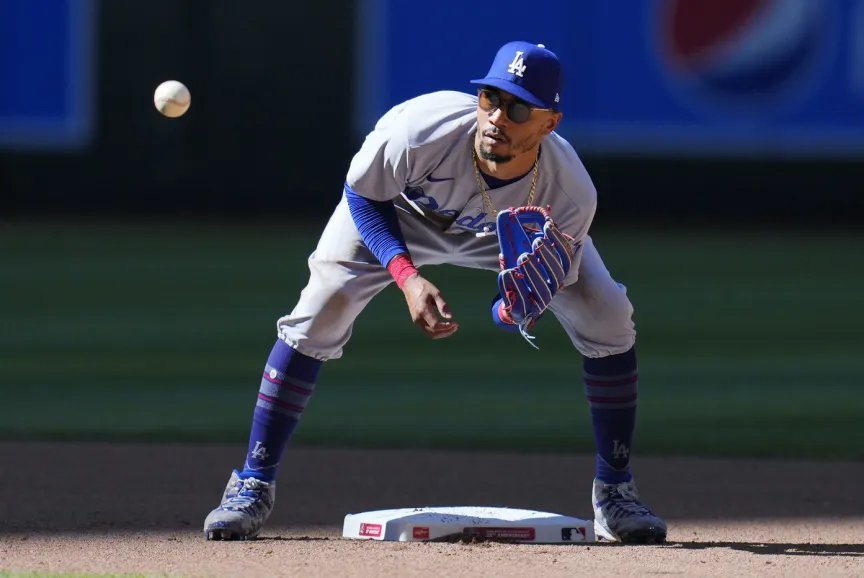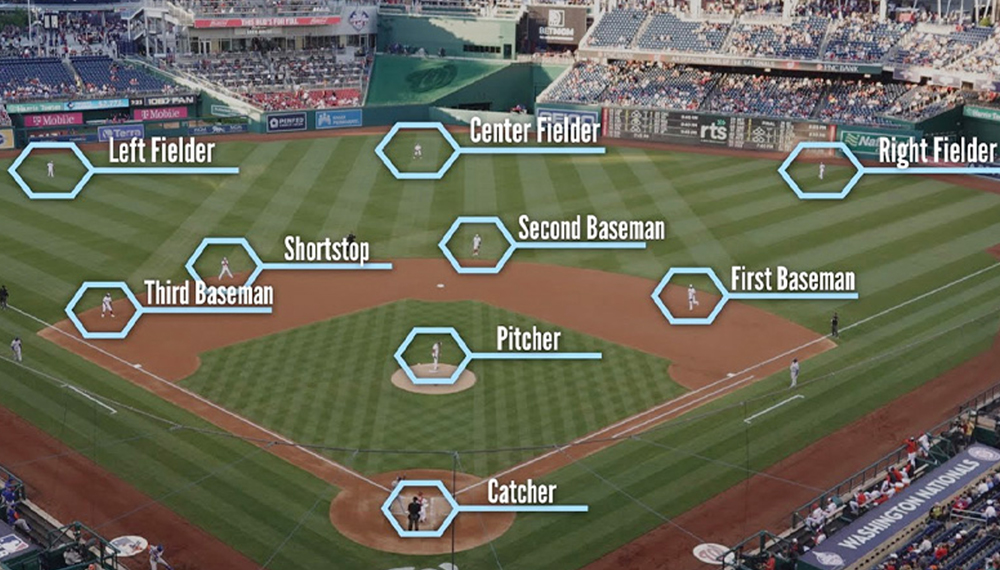Double plays are a thing of beauty in baseball, and executing them efficiently requires teamwork and precision. As a 3rd baseman, your role in turning a 3rd-to-2nd double play is pivotal. In this guide, we’ll break down the responsibilities of a 3rd baseman in executing double plays, including footwork and throwing techniques.
1. Positioning
- Pre-Pitch Position: Before the pitch is delivered, position yourself at 3rd base. Be ready to react quickly in either direction, depending on where the ball is hit.
- Ready Stance: Maintain a low, balanced stance with your knees slightly bent and your weight on the balls of your feet. Your glove should be ready, and your throwing hand should be near your glove for a quick transfer.
2. Reading the Play
- Anticipation: Anticipate whether the batted ball is hit sharply enough to execute a double play. This requires quick decision-making and awareness of the game situation.
- Fielding the Ball: If the ball is hit sharply, move to field it cleanly. Position your glove to make a clean pickup while keeping your body low.
3. Footwork

- Step and Pivot: After fielding the ball, step on 3rd base with your pivot foot (usually your right foot for right-handed players) to force out the runner coming from 2nd base.
- Balance: Ensure you have a balanced stance when stepping on the base. This allows for a quick and efficient pivot.
4. The Throw to 2nd Base
- Transfer: After stepping on 3rd base, transfer the ball quickly from your glove to your throwing hand. This should be a fluid motion to minimize the time the ball spends in your glove.
- Throwing Technique: Make a strong, accurate throw to the 2nd baseman covering the base. Your throw should be chest-high and on the glove side of the base to allow for a quick catch and tag.
5. Communication
- Calls: Verbally communicate with the 2nd baseman covering the base. Let them know whether you’re throwing to 2nd base or if they should return the throw to 1st base. Clear and concise communication is vital.
- Signals: Develop non-verbal signals or cues to indicate your intentions during the play. These signals can be particularly helpful in noisy or high-pressure situations.
6. The 2nd Baseman’s Role

- Pivot and Turn: The 2nd baseman’s role is to pivot on the base and make a quick throw to 1st base for the second out of the double play.
- Quick Hands: The 2nd baseman should be ready to catch the ball, pivot, and release it rapidly. Quick hands and precise footwork are essential.
7. Practice, Practice, Practice
- Double Play Drills: Dedicate practice time to double play drills. Work on the timing and coordination between you and the 2nd baseman.
- Game Simulations: Simulate game situations during practice to prepare for real-game pressures and decisions.
8. Adaptability
- Game Awareness: Adjust your approach based on the game situation. Be prepared to adapt to different types of hits and baserunner speeds.
Executing a successful 3rd-to-2nd double play requires a combination of skills, teamwork, and a deep understanding of the game. By mastering the footwork and throwing techniques specific to your role as a 3rd baseman, you contribute significantly to your team’s defensive prowess. Remember that practice is the key to consistency in executing double plays, so keep honing your skills and communication with your infield teammates.
